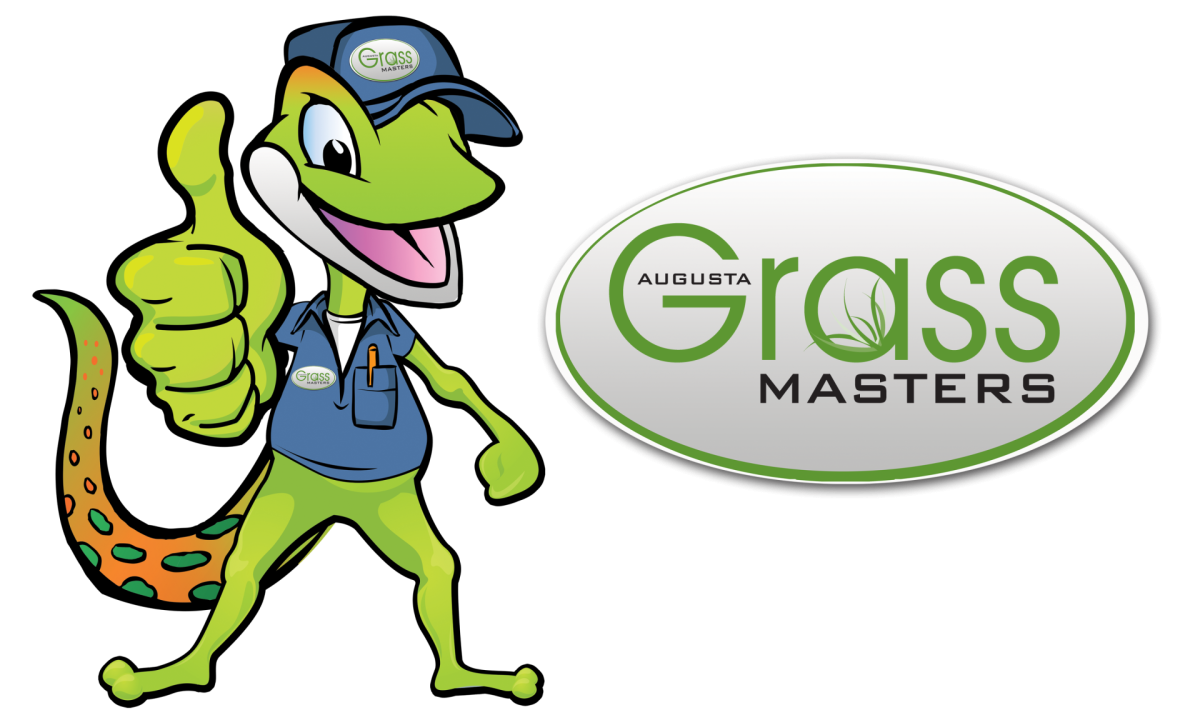Augusta, GA – While families across Georgia and South Carolina prepare for Thanksgiving and the busy holiday season, their lawns are entering one of the most critical windows of the year. Late fall represents a crucial opportunity for treatments that directly determine spring lawn health, yet many homeowners overlook these time-sensitive applications while managing packed schedules.
Grass continues actively growing roots even as temperatures cool, making late fall the ideal time for core aeration and fertilization treatments. A new guide on full-service lawn care plans for busy families explains this timing challenge and how proper scheduling ensures treatments happen when grass needs them most, regardless of how hectic family life becomes during the holidays.
The Timing Challenge Families Face
Between coordinating school activities, work demands, and holiday preparations, lawn care typically drops to the bottom of most families' priority lists. This creates a biological timing problem because grass doesn't pause its growth cycles for busy schedules. Roots continue developing through fall, and the work done during this window directly impacts what homeowners see in their yards come March and April.
Many families assume lawn care can wait until spring. This common misconception leads to compacted soil going untreated through winter, missed fertilization windows that would have fed grass through dormancy, and delayed weed prevention that allows problems to establish before growing season begins. The consequences become visible in late winter when some lawns begin greening up while others remain patchy and thin.
Compacted soil represents one of the most overlooked issues. Heavy foot traffic, summer heat, and natural settling compress soil particles together, reducing the space available for air, water, and nutrients to reach grass roots. Without fall aeration to relieve this compaction, roots struggle through winter and emerge weak in spring. Signs of compaction include water pooling after rain, bare spots that won't fill in, and overall thinning despite adequate watering.
The DIY approach adds complexity for time-strapped families. Weekend trips to garden centers, reading product labels, mixing treatments, and hoping timing is correct creates additional stress during an already demanding season. Storing lawn chemicals safely away from children and pets, calibrating spreaders properly, and troubleshooting unexpected problems all require time and knowledge many families simply don't have during the fall months.
What Comprehensive Programs Include
Professional lawn care programs provide scheduled treatments throughout the year, adjusted to seasonal needs and grass biology. Understanding what these programs typically include helps families evaluate their options and understand the value of proper timing.
Fertilization and weed control programs use commercial-grade products applied at precise intervals based on grass type and local climate conditions. Pre-emergent treatments applied in late winter prevent crabgrass and other annual weeds before they germinate, eliminating problems before they start. This timing-dependent application requires planning months in advance.
Core aeration happens during peak growing seasons to relieve soil compaction. For cool-season grasses common in the region, fall provides ideal conditions. The process removes small soil plugs, creating channels for oxygen, water, and nutrients to penetrate deeper into the root zone. Many programs pair aeration with overseeding to fill thin areas and introduce disease-resistant grass varieties that improve overall lawn density.
Disease and pest management becomes particularly important during transitional seasons when stress makes grass vulnerable to fungal issues like brown patch and dollar spot. Early detection catches warning signs before damage becomes visible, allowing targeted treatments that stop problems quickly. Similarly, destructive insects including grubs, chinch bugs, and armyworms require specific treatments at specific times. Missing these windows allows populations to establish and cause significant damage.
Shrub and tree care extends beyond the lawn itself. Trees and ornamental plants benefit from fertilization in early spring and late fall when they're actively developing root systems. Pest control for woody plants addresses scale, aphids, and bagworms before they cause visible damage to valuable landscape investments.
The Professional Approach Difference
Understanding local conditions makes a significant difference in lawn care effectiveness. Red clay soil common throughout Georgia and South Carolina requires different approaches than sandy or loamy soils found in other regions. Regional climate patterns, with hot summers transitioning to mild winters, create specific timing requirements for treatments.
The key difference between DIY efforts and professional programs lies in consistency and specialized knowledge. Professionals understand which fertilizers work best in local soil, when disease pressure peaks, and how to handle seasonal transitions effectively. This expertise eliminates guesswork and ensures treatments happen at optimal times for maximum benefit.
Communication and transparency help families understand what's happening in their yards. Quality programs explain what treatments are being applied, why specific applications are needed, and when results should appear. This educational approach helps homeowners make informed decisions about their lawn care needs.
Why Aeration Timing Matters Now
Late fall aeration specifically addresses compacted soil before winter arrives. The process becomes even more effective when paired with slow-release fertilization that feeds grass through dormancy. Together, these treatments create the foundation for strong spring emergence.
Timing proves critical because grass needs several weeks after aeration to recover before true dormancy sets in. Waiting too long pushes the work into winter when grass can't take advantage of improved soil conditions. Acting during moderate temperatures while grass stays actively growing maximizes treatment benefits.
The difference becomes visible in late winter. Lawns that received proper fall care green up earlier, fill in faster, and resist early-season stress better than untreated yards. This head start continues through spring as healthier root systems support thicker, more resilient grass that crowds out weeds naturally.
Understanding Service Values and Community Focus
Lawn care companies rooted in local communities understand regional challenges and homeowner priorities. Families value safety for children and pets, reliability in service delivery, and clear communication about treatments and timing. These priorities should drive program design and service approaches.
Supporting local families extends beyond treatments themselves. It includes flexible scheduling that accommodates busy lives, responsive support when questions arise, and educational resources that help homeowners understand what's happening in their yards throughout the year. Building relationships based on trust and consistent results remains the foundation of quality service.
The Window for Fall Treatments
The window for effective fall treatments closes as temperatures drop and grass enters true dormancy. Families who establish lawn care programs now position their yards for optimal spring results while removing one more task from their holiday season checklist.
Assessment of current lawn conditions helps identify issues requiring immediate attention and creates treatment roadmaps for the months ahead. By January, while many homeowners are just beginning to think about spring preparation, properly maintained lawns already have the foundation needed to emerge thick and healthy.
Augusta Grass Masters has developed educational resources to help families understand seasonal lawn care needs and timing requirements specific to the region. These materials explain the science behind fall treatments and why proper timing matters for long-term lawn health. Families seeking more information can visit www.augustagrassmasters.com or call (706) 916-3799 to access these educational resources and learn about seasonal treatment timing.





